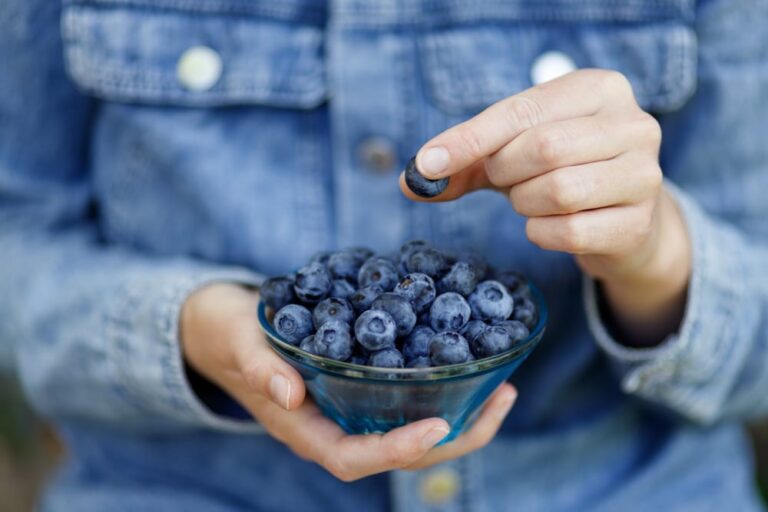Okay, maybe that headline is a bit of an exaggeration, but the fact remains that your brain is constantly changing, for better or worse, throughout the course of your life.
You only get one brain in this life, and it usually weighs 1,300 to 1,400 grams. That is slightly smaller than the brain of a bottlenose dolphin, which weighs 1,500 to 1,600 grams, and much larger than the brain of a cow, which weighs 430 grams. The brain contains cells called neurons. Human brains have 90 to 100 billion neurons. Compare that to an octopus (a pet that lived in my 500 gallon saltwater tank years ago) which has 500 million neurons, most of which are located in their arms (sometimes incorrectly called tentacles).
Strategies for Fostering the Best Brain Possible
Not to alarm you, but you lose about 85,000 neurons every day. That means that 31 million brain cells are lost every year; it’s about 1 per second! You’re likely to lose even more neurons if you take mind-altering drugs or expose yourself to free radicals (think nicotine, alcohol, pesticides, and monosodium glutamate, also known as MSG). Without neurons we would not be able to move or function, and we would cease to live within minutes.
Neurogenesis refers to the growth of new neurons in your brain. In fact, as many as 700 new neurons are possible per day. Neurogenesis is a dynamic process that reduces the risk of Alzheimer’s disease, insomnia, anxiety, dementia and other cognitive problems. Scientists have identified several factors that promote neurogenesis.
Food promoters
Certain foods show a special affinity for growing brand new neurons in the brain, while also activating protective pathways to nourish them and keep them thriving. It’s hard to believe, but it’s true: what we eat affects our minds to some extent.
The most powerful neuron-loving food
- Green tea, berries, citrus apples and dark chocolate thanks to the flavonoids
- Blueberries (because of the flavonoids and anthocyanin)
- Red grapes (because the skin contains resveratrol)
- Wild-caught salmon and other oily fish thanks to DHA fish oil
Strangely enough, researchers found that eating foods that require more chewing (as opposed to soft, mushy foods) promotes neuronal growth. While you’re eating a baked potato (instead of mashed), look for that!
Lifestyle promoters
Lifestyle choices and behaviors known to promote neurogenesis and protect the gray matter in your brain include intermittent fasting, calorie restriction, and exercise.
These lifestyle practices have proven and impressive powers to extend a person’s life, prevent certain diseases, and improve brain function. Can they eliminate our risk of neurodegenerative diseases? I wouldn’t say for sure, but feast and famine periods predated the modern food supply chain and there was less obesity, less neurodegenerative disease, and less diabetes. Instead of walking into the local fast food restaurant, people had to wander around to find food, praying for a successful hunt and long autumns and springs that would shorten the period when vegetation and prey were scarce.
So as the working theory goes, there were times of calorie restriction and intermittent fasting that put the body into a state of mild ketosis. We can do that today if we emulate ancestral feast-and-famine diets. There are plenty of books on this topic to explore, so I won’t go into depth here. The point is that both calorie restriction and intermittent fasting have been shown to be both neuroprotective and neurogenic. Research has shown that during short fasts and periods of calorie restriction (approximately 500 calories per day) there is improved cognitive performance, healing effects in the brain, release of ghrelin (the hunger hormone) and increased BDFN (brain-derived neurotrophic factor) levels.
Enhancing BDNF is often cited as a method for growing new brain cells. While that’s still important, there’s new research that suggests it’s the hormone that makes you hungry ghrelincould be the thing that causes the birth of new neurons in the first place.
Exercise also improves cognitive performance and produces a cascade of brain-focused healing effects for everyone, whether you’re 18, 80, in optimal mental condition, or already in the grip of Alzheimer’s.
Exercise can increase the volume of neurons in the brain and release nerve growth factor which strengthens the synapse (the connections between neurons) and also creates new connections with other neurons. Finally, the increased blood flow to the brain resulting from exercise improves something we call neuroplasticity that we really want to happen in our brains.
Neuroplasticity describes the brain’s ability to reorganize itself and form new neural connections as we learn and grow throughout life. Although strength training is an important part of exercise, to grow new neurons you need to participate in aerobic exercise – at least 3 to 4 sessions of 30 to 60 minutes per week. It can be any form of aerobic exercise, from walking to cycling to running.
As for exercise, I definitely want you to go to Body Pump and Zumba, but you also need to exercise your brain. For some of you reading this today, brain exercises may be more important than exercise. Exercise for your brain can include learning to read sheet music, learning another language, solving puzzles, solving math problems in your head, or playing spatial video games.
Yes, you read that right: how about playing Super Mario 3D? This particular video game (and also Super Mario 64) has been used in two major brain studies, proving that spatial video games increase brain activity in the hippocampus and help you create new neurons. This information gives us a whole new perspective when it comes to healing the brain and growing new healthy brain cells.
So my best advice to you is this: after an intense workout, plop down on the couch with a big bowl of blueberries, get into some video gaming and feel your mind ignite with a renewed brain.

